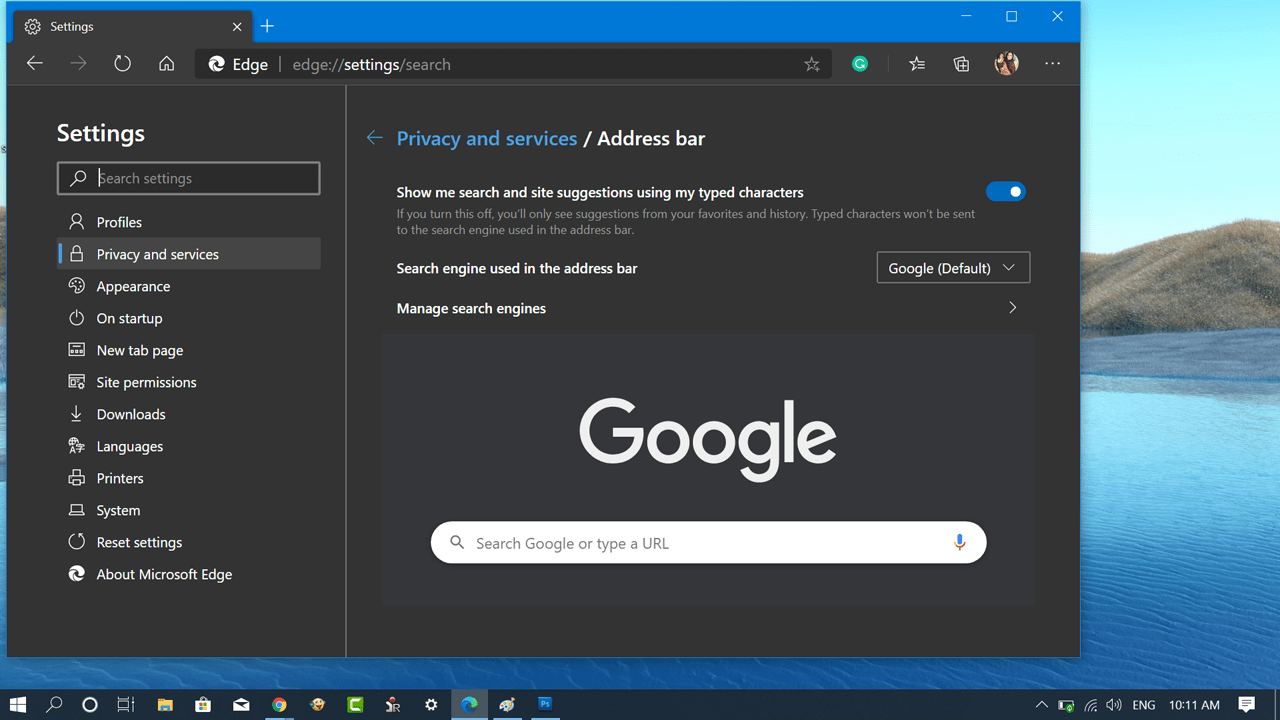

It's available for all major platforms, and the Opera Touch mobile. Not only does Chromium guess which web page you'd like to visit while you type keywords or an URL into the Omnibox, it also loads that web page before you finish typing. Opera uses the Chromium page-rendering engine, so you'll rarely run into site incompatibilities, and performance is fast. If you'd like to speed up your web browsing and searches, click on the box beside Enable Instant for faster searching and browsing in the Search section.
After entering in the information for the new search engine, highlight it and click on Make Default to use it in the Chromium Omnibox. Open Chrome browser and click on the settings icon (three lines button) located on the upper right corner. At the search results page, copy the URL of the web page, and replace the query keywords in the URL with %s. To find the URL of the search engine you'd like to use, do a search on the web page of that search engine. In the Other search engines section, type the name of the new search engine that you'd like to use in the field on the left, its associated keyword in the centre field, and its URL in the field on the right. Under the Basics tab, in the Search section, click on the Manage Search Engines button. Note: Web Engine of Browser Apps webOS TV v1.x and 2.x use WebKit as a web engine however, the browser apps of webOS TV v1.x and v2.x use Chromium. 
If you'd like to use additional search engines that are not included in Chromium, do the following: Click on this button to view the other default search engines, and to select the one you'd like to use.
Under the Basics tab, in the Search section, the left button displays your current Chromium search engine. Click on the Wrench icon and select Options (Windows OS) or Preferences (Mac and Linux OSs). To select the search engine you'd like to use, do the following: The search engine you choose to use for Chromium affects the search results you get when you type keywords into the Omnibox.






 0 kommentar(er)
0 kommentar(er)
